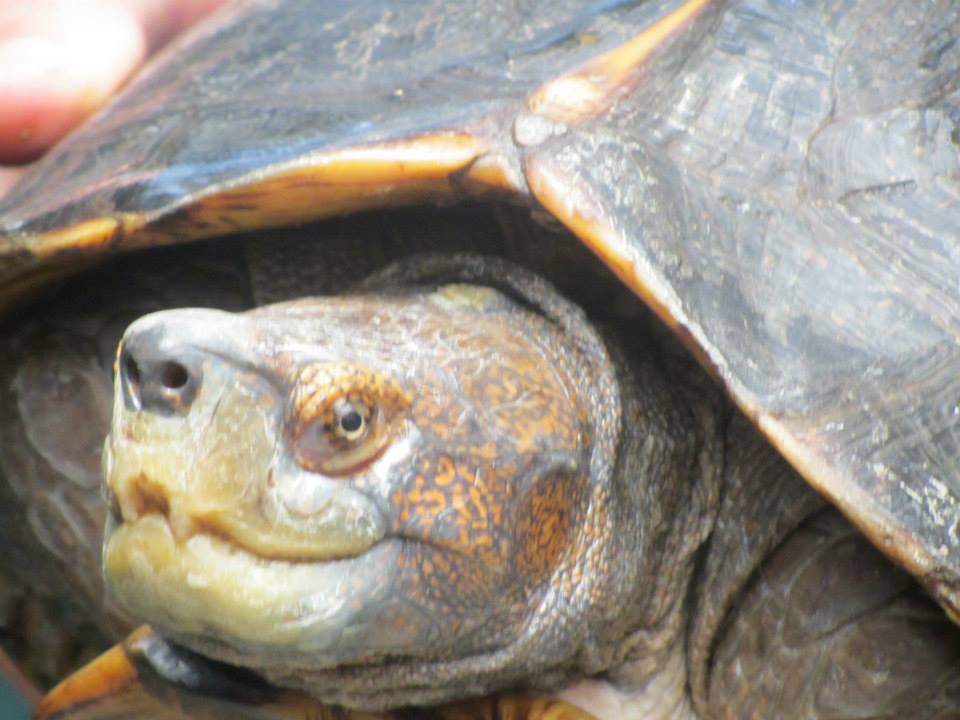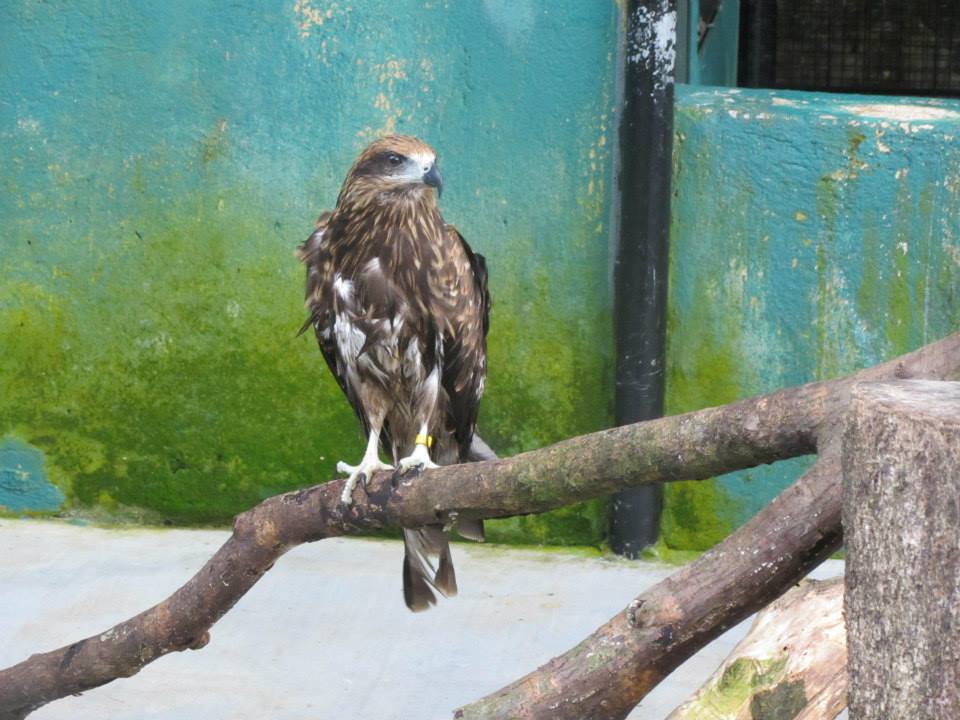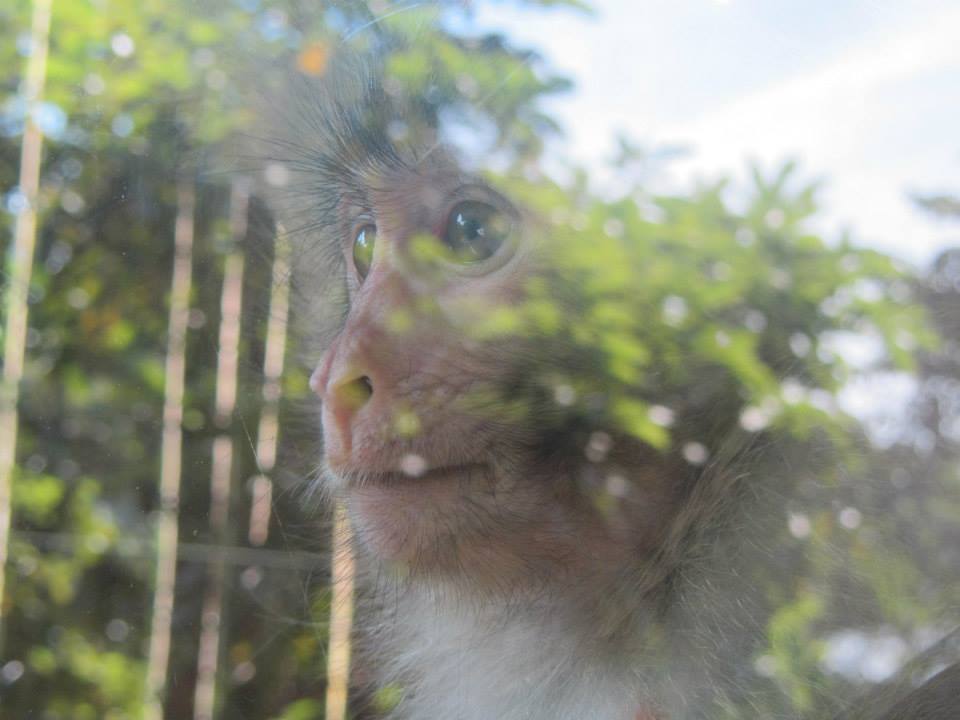Day 1 – Orientation at Kadoorie (Wednesday 4th June)
 Orientation included presentations from the Fauna department of Kadoorie and the SPCA, as well as a guided tour of the lower farm. This introduced our group to different perspectives on conservation, and the various ways that animals and their habitats are affected by humans. Some of these consequences of human activity are direct, in the form of poaching, hunting, destruction of habitat, and animal cruelty while others are somewhat less obvious, such as the way global politics and government policy can create unforeseen barriers to animal welfare. Individual humans can provoke hostility toward animals as well, and it happens everywhere in the world. Where we are near in the New Territories in Hong Kong rare Burmese pythons are being affected by urban sprawl and coming into conflict with humans when food is scarce and they go after pets. This is comparable to the arguably unnecessary reinstitution of the spring bear hunt in Sudbury and North Bay because of bear sightings. Both situations are driven by the complaints of citizens who are concerned about the potential dangers of supposedly predatory animals to people and to their beloved pets. But taking the time to consider alternatives to destroying these creatures, such as sighting warnings or safety education for the bears or relocation for the snakes, can be literal life savers for these creatures.
Orientation included presentations from the Fauna department of Kadoorie and the SPCA, as well as a guided tour of the lower farm. This introduced our group to different perspectives on conservation, and the various ways that animals and their habitats are affected by humans. Some of these consequences of human activity are direct, in the form of poaching, hunting, destruction of habitat, and animal cruelty while others are somewhat less obvious, such as the way global politics and government policy can create unforeseen barriers to animal welfare. Individual humans can provoke hostility toward animals as well, and it happens everywhere in the world. Where we are near in the New Territories in Hong Kong rare Burmese pythons are being affected by urban sprawl and coming into conflict with humans when food is scarce and they go after pets. This is comparable to the arguably unnecessary reinstitution of the spring bear hunt in Sudbury and North Bay because of bear sightings. Both situations are driven by the complaints of citizens who are concerned about the potential dangers of supposedly predatory animals to people and to their beloved pets. But taking the time to consider alternatives to destroying these creatures, such as sighting warnings or safety education for the bears or relocation for the snakes, can be literal life savers for these creatures.
Despite the good done by institutions like Kadoorie, the SPCA, and similar organizations worldwide, the interactions between humans and animals are usually negative for the animal, resulting in the removal of their freedom or the loss of their chosen habitats. It is important that humans are aware of the consequences they cause, and that they understand the needs of the animals they interact with. In some instances, even the best of intentions can result in unfortunate (and avoidable) consequences for animals. In Hong Kong, there is a traditional Buddhist inspired practice of ‘mercy releases’ in which people purchase animals who are to be sold from wet markets (live animal markets) as food and set them free in a show of kindness and spiritual good will. Unfortunately, this often results in animals being placed in environments that are very hostile to them (for instance, fresh water fish being put into the sea where they will be unable to survive) and in the end still causes harm to the animals. This is equally a problem in Canada when well-meaning animal activists out of ignorance release animals that cannot survive in the wild – something tragically ended the lives of several wolves from the captive pack in Halliburton Woods a few years ago and had far-reaching consequences for their complex hierarchical structure. To prevent both cruelty through intent and cruelty through kindness, people need to become more informed about the natural environments of animals, their individual demeanours and normal behaviours, and proper precautions to take when dealing with animals.
Even in conservation, there are complex tensions between the protection of species of animals versus the protection of individual animals. In work where there is little material profit for human beings decisions which protect endangered species and the biodiversity of the planet sometimes overshadow the protection and ‘saving’ of more common animals. These hard, but necessary decisions, are often made at Kadoorie Farm, but even here where tough calls and practicality are required to continue operating, human compassion is always in evidence. There is, for instance, a fully domesticated Macaw here who is of a common pet trade species, who cannot be released, but who cannot be displayed for educational purposes because it causes him a great deal of stress and despite it not being practical to continue caring for this creature they do so. There are many instances like this at Kadoorie which reveal a genuine connection to animals. but more often than not, for the sake of the animal it is equally important to prevent a closeness between animal and keeper so that a smooth transition back to the creature’s natural habitat can be achieved. Beneath all these seemingly everyday decisions we can see at work complex ideologies about what it means to be human, what it means to be an animal in captivity or otherwise, as well as the complex web of power, respect, harm, and care which creates dynamic relationships between living creatures – for better or for worse.
Karlie and Tasha



